Altitude Gym is a special simulated training facility located in Bukit Timah, Singapore, where users exercise inside a chamber that mimicks an altitude of 3,500m above sea level. An earlier article on the gym and what the Director, Brian Angwin, says about training at such high altitudes of 3,500 metres above sea level can be seen here.
In this article, two of Singapore’s top runners, Marcus Ong and Derek Li, will share how working out at this gym has benefitted their running.
Marcus Ong, a 29-year-old IT executive, is a 5,000m and 10,000m specialist who has won major local races such as the Sundown Marathon (10km) in 2013 and 2014 and the ST Run in the Park (15km) in 2013.
Derek Li is a 32-year-old medical doctor who specialises in marathon running. He has a personal best timing of 2 hours and 42 minutes, which he had achieved at the Boston Marathon last year. Some of his running achievements in the local scene included being crowned champion in the 100km Sundown Ultra Marathon 2013 (Men’s Team of 4), as well as a podium finish in the Standard Chartered Marathon Singapore (42km) in 2013.
Li was curious about altitude training and what it offered
Li’s curiosity about altitude training, was the factor that attracted him to join Altitude Gym in the first place. He said, “I was interested in the benefits of altitude training, having studied it briefly in university and read about it in running books. The fact that this is the only commercial gym near my house is a big bonus too.”
Altitude training wasn’t easy at the beginning
However, at the beginning, Li admitted that he didn’t find altitude training easy, when he joined the gym in February last year. He said, “I took it very easy during my first introductory session – I only used the spin bike for about 30 minutes and did a short jog on the treadmill. But I definitely felt the breathlessness more quickly than if I were in normal oxygen conditions.”
Ong, who has been a user of the Altitude Gym for more than a year now, also had a similar experience at the beginning, and explained that he even had to go out of the gym during his first session to get more oxygen and fresh air. He said, “Due to the low oxygen levels, I had to go outside to recharge myself with more oxygen before returning to my training and going on the spin bike.”
What altitude training feels like
What does altitude training feel like for these runners? Said Li, “You will feel a sort of lightness in the chest, and a difficulty in getting a full breath when training at high intensities. At low intensities, you don’t notice it at all.”
For Ong, exercising at the Altitude Gym had initially reminded him of the time when he did a training stint in Switzerland in November 2013, for about a month. He said, “That was 500m to 1,000m above sea level and the temperature was 7 degrees C. When I came back to sea level after that though, I could see the difference in my physical strength – it had increased by 23 per cent.”
Have noticed improvements in their own running
However, over time though, both runners started to notice improvements in terms of their own running. For Ong, who trains at Altitude Gym once a week, for 45 minutes every time, he said that he had managed to shave off more than a minute from his 10km personal best timing – after only a month of doing the altitude training. Prior to joining Altitude Gym, his 10km timing was 34 minutes and 51 seconds. However, after visiting the gym, he was clocking 33 minutes and 20 seconds for the same distance.
For Li, he feelt that altitude training has definitely improved his fatigue resistance. He said, “My body can clear accumulated lactic acid more quickly and I can tolerate lactic acid build-up more easily.”
Li also added that he did the Dubai Marathon on 25 January 2014 in 2 hours and 47 minutes, a personal best. Then he joined Altitude Gym in mid February 2014, and attempted the Boston Marathon on 21 April 2014. He completed it in 2 hours and 42 minutes – thus shaving off about five minutes from his previous marathon timing.
“The type of training methods though, did change slightly and I did train a little harder, but five minutes is still a lot to improve. I also did a sort of step test to exhaustion on the treadmill when I first joined the gym and repeated it again in early April, two months later. We monitored heart rate and oxygen saturation levels, and there was a noticeable drop in heart rate and rise in oxygen saturation at corresponding inclines and speeds, comparing the first and second tests,” explained Li.
Altitude training has improved his rate of recovery from injury
For Ong too, the benefits do not only extend purely to running ability. He also said that altitude training has improved his rate of recovery from injury. He explained, “It has definitely improved my recovery phase for my achilles tendon last year. It was ruptured at 20 per cent. The doctor told me that I needed at least six months to recover without running.”
“So I went to the Altitude Gym and did tons of spinning classes to keep my heart rate up. Within two months, I didn’t have any more pains. So I returned to running and competed at the 5,000m event in the 73rd Malaysian Negeri Sembilan Open Track & Field Championships 2014,” added Ong. And for that event, Ong hit his season personal best, having completed his run in 16 minutes and 25 seconds.
Types of exercises done by the runners
How do these runners spend their time at the Altitude Gym? For Ong, these typically include sessions on the spinning bike as well as a recovery session in an ice bath. Explained Ong, “The ice bath is the essential tool after the workout. This helps to reduce inflammation of the tired muscles.”
For Li, on the other hand, he usually uses the treadmill and the spin bikes during his twice weekly sessions, which usually last an hour each time. “But occasionally I will use the elliptical machine or do strength and conditioning exercises though,” he added. And besides going to the Altitude Gym, Li also does plenty of long runs, intervals, easy runs and tempo/fartleks – all at normal oxygen levels, to complement his low altitude sessions.
Both would recommend training at Altitude Gym
So would Li and Ong recommend the Altitude Gym to other athletes? Said Li, “I would recommend it to others, as it is a unique training facility that allows you to train your body in a way that you can’t simulate without actually travelling to high altitude. It is a good supplementary training approach to general fitness and conditioning.”
Added Ong, “Most definitely, especially for any runners who have sustained injuries and cannot do running – in order to improve their speed of recovery.”

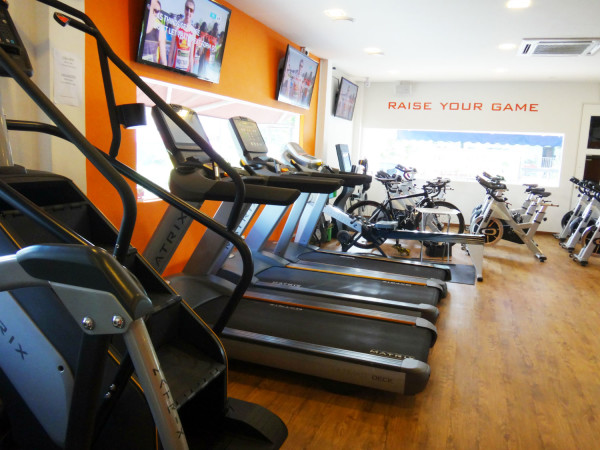
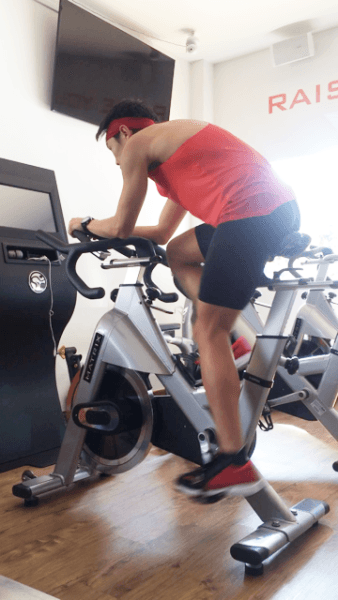
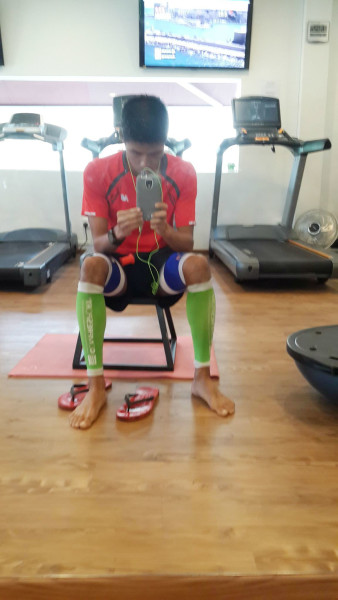
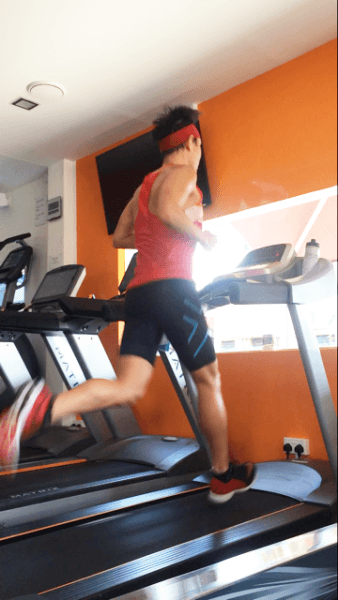
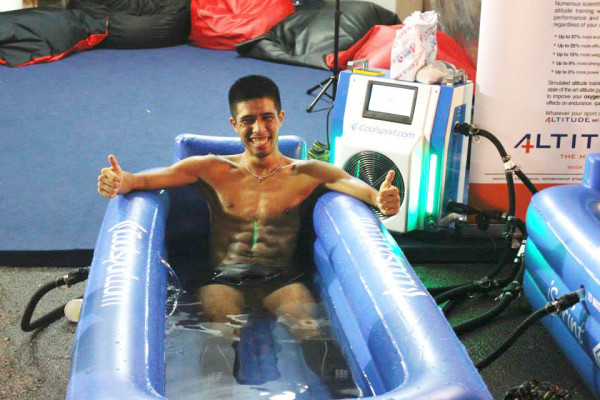
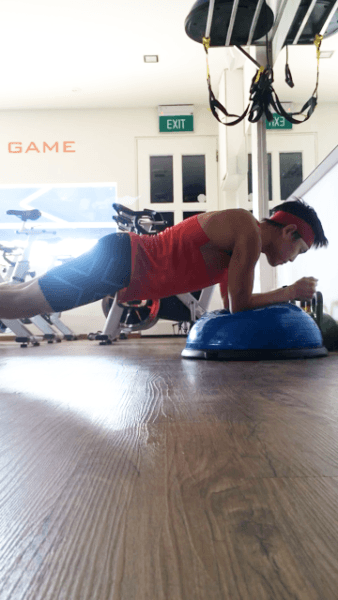
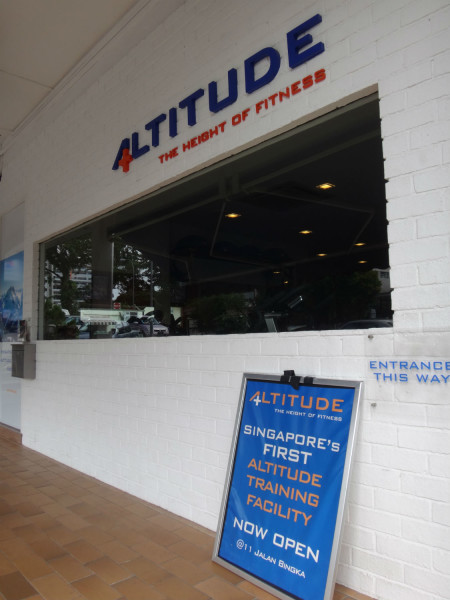
Leave a Comment